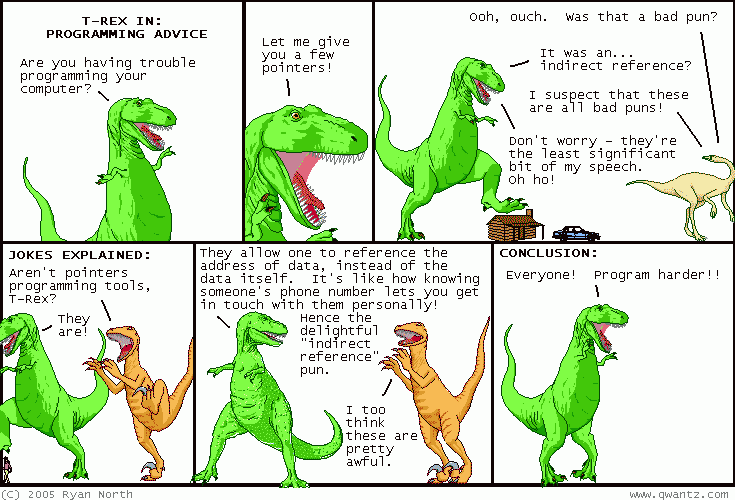String literals are reference types, but the compiler
can be smart and store only one instance of each (a process called
"interning").
String s, t, u;
s = "James Madison University";
t = s;
u = "James Madison University";
// This will, not surprisingly, print "Same contents"
if (s.equals(u)) System.out.println("Same contents");
// This will, not surprisingly, print "Same reference"
if (s == t) System.out.println("Same reference");
// This may, somewhat surprisingly, print "Same reference"
// but you shouldn't rely on it
if (s == u) System.out.println("Same reference");









